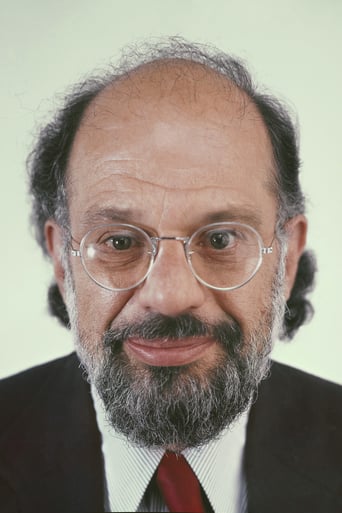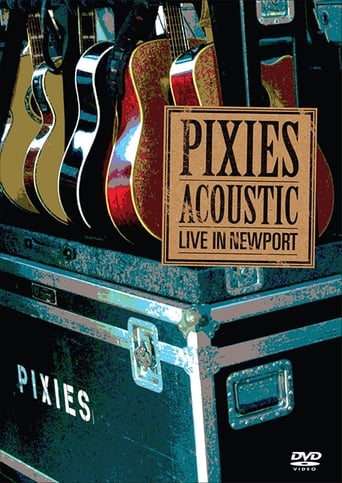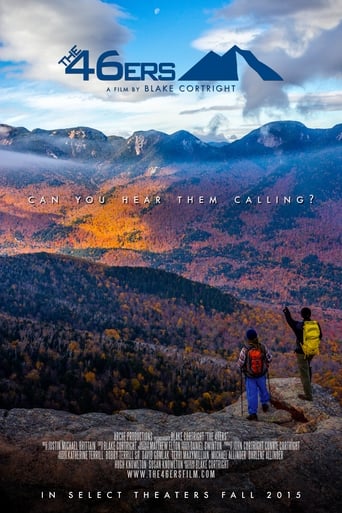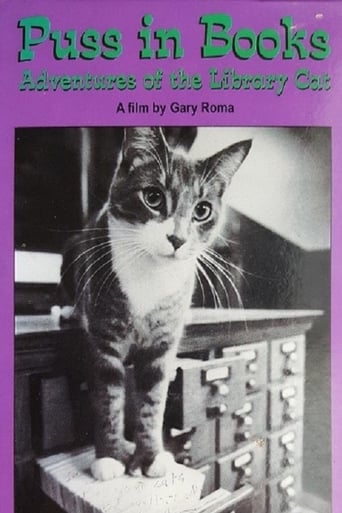
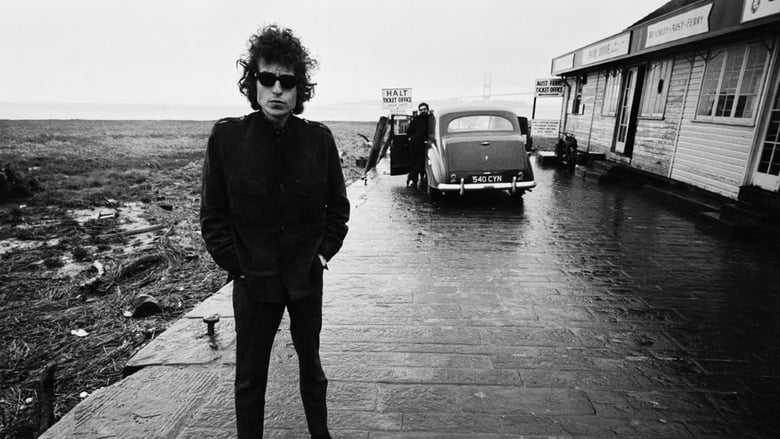
No Direction Home: Bob Dylan (2005)
A chronicle of Bob Dylan's strange evolution between 1961 and 1966 from folk singer to protest singer to "voice of a generation" to rock star.
Watch Trailer
Cast
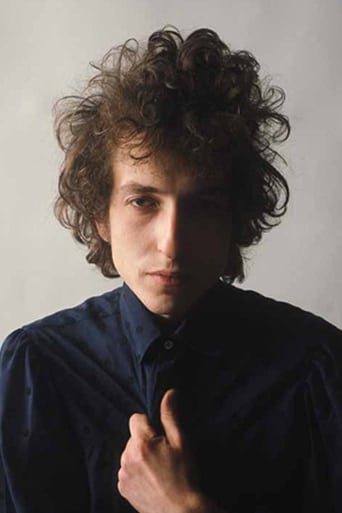
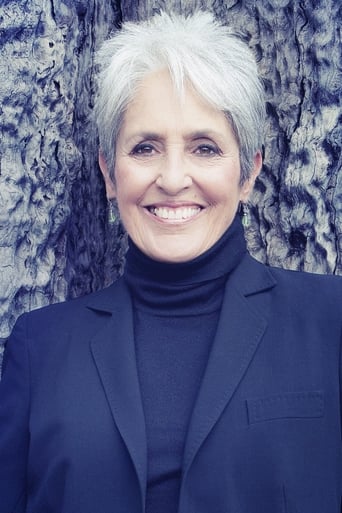


Similar titles
Reviews
I'm not the world's biggest Dylan fan, he's gone through too many artistic troughs for me, but when he's good ("Highway 61 Revisited", "Blood On The Tracks"), he's very good indeed but when he's bad - ("Nashville Skyline", most of "Desire" and "Time Out Of Mind" to pick some bigger targets) he's terrible.I get that his going electric was a big deal in rock history, possibly because it happened so suddenly and dramatically but whether it's more important than the Beatles going from a pop band to a rock band or the Stones from a blues band to a rock and roll band, I personally doubt. Still, I can't deny that from 1965 to 1966, he was on fire as he turned away from his folk roots to embrace rock and roll stardom and it's that latter part of this film that I enjoyed far more than the over-long first half purporting to trace his roots and early influences.All sorts of folk-luvvies queue up in part one to relate the fleeting time they spent with the man who would be king with too many back-up clips of be-sweatered individuals singing very strangely and earnestly and I couldn't really care less about any of them to be honest. Things heat up considerably when he decides to go electric although even if it was initially done half-heartedly as he recorded an album ("Bringing It All Back Home") and played concerts half acoustic and half electric before going the whole hog.I recognised much of the '65 / '66 footage from "Don't Look Back" and other clips from the unreleased "Eat The Document" film and they are terrific. The vitriol Dylan takes from his so-called fans (especially an episode where he's accosted in a car for an autograph by a moronic young English couple) and the ignorance of journalists who ask inane questions of him has to be seen to be believed.The real coup for Scorsese was in getting Dylan himself to speak to camera in extended interviews, although several of these are obviously edited. In his pieces to camera, Dylan can't help but occasionally play up to his mystical persona but mostly he's quite candid, natural and engaging. Back in the day of course, he looked fantastic, pencil thin and tousle-haired and some of his put-downs are superb as witness his fan encounters or those interminable press-gatherings. I would have liked a little more insight into just why he first pulled on his Strat (I always credited it to the Animals version of "House Of The Rising Sun"), but any explanation or reason is left vague. Scorsese makes the real centre point of the film the famous Manchester Free Trade Hall gig where he confronts the taunting, obviously way more than five, unbelievers in the crowd by exhorting the band / Band to "Play it f*#king loud!". I love it when a pair of vox-poppers reactions after a gig in Newcastle are captured on film - "I came expecting folk music and instead got a pop group" to which the reply was along the lines of "That wasn't a pop group you saw tonight!".I suppose the film for me was like his half and half acoustic / electric album or concerts of the time, in that I infinitely preferred the second, electric half to the first. True fans may have got more out of it than I did and while I would say that bar "Blood On The Tracks", he was never this vital again, it felt privileged to see an artist at the peak of his powers which he wasn't from 1962-1964, but certainly was from 1965 - 1966.
This is a very compelling couple of hours with an American icon and some of the musicians and friends who admire him (like the still incredibly voiced Liam Clancy).Dylan is always interesting to listen to. I liked his casual, no-bullshit intimations. It's cool to hear that early girlfriends brought out the poet in him. But much is left out of the version of this doc I caught on "American Masters" on PBS.Dylan seems to shun or have no interest at all in his family of origin and certainly his Jewish heritage. It's as if he told Scorsese these topics were off-limits and that was that. Nor does he say a word about his son, who is also a singer of some renown.I loved the film clips of singers who influenced Dylan: John Jacob Niles, an incredible, guitar-slamming Odetta, Tommy Makem, and early idol Woody Guthrie ("You could listen to his songs and learn how to live!" Dylan says). Frustratingly, some talking heads aren't identified, including a woman who may have been a mate of Dylan, and, probably, the poet Alan Ginsburg.There are even a few surprises here. Dylan dreamed of going to West Point but couldn't get in? Huh? This film is definitely worth seeing and hearing!
Martin Scorsese is to be praised for the lavish detail he has provided of Dylan's early career, and for the impressive array of archive material that he has assembled.To see the influences on Dylan's music and his career was impressive. he managed to take the music and ideas of others and transform them into a unique style that forever changed the world of music.This is only about five years in his musical life, but it is so rich.It is also interesting to see how he was such a part of history, being up close at the Rev. Dr. Martin Luther King, Jr.'s speech and actually playing.Wat to go, cuz!
As odd as this may sound, I first saw this movie in a class I'm taking in college called Bob Dylan: The Man and His Music. It was the first time the class was ever offered--at least where I go to school. I had been unfamiliar with Dylan up until this point, other than hearing his name now and then. Now that I'm taking the class, I have so much more knowledge, appreciation, and respect for who he is and what he does. "No Direction Home" is a major contributor to this class, and while we only watched clips every now and then, we saw a good portion of the entire film. It's possibly one of the (if not THE) greatest documentaries of all time. Scorsese does an incredible job at getting into Dylan's head to show us exactly what he has experienced throughout his extensive career. The interviews with his colleagues along with the combination of concert footage, and a present-day interview with Bob himself makes this an amazing film. We see his evolution from folk to rock and roll, and all the trials and tribulations along the way. ****SPOILERS FOLLOW*** As with any movie, I had my favorite parts. His 1965 interviews were absolutely hilarious. He has such a wit about him that makes you kind of think, 'wow, what a bastard', but then you say, 'wow, what a genius' at the same time. It's kind of hard to explain if you haven't seen it. Also, I believe it's the last performance on the film, where he plays "Like A Rolling Stone" and fans are booing him--one goes so far as to yell out "Judas!" His reaction is incredible. "I don't believe you." "You're liars!" And then he turns to his band and says the greatest thing he could have possibly said at that moment: "Play it f---ing loud!" Genius. Pure genius.


